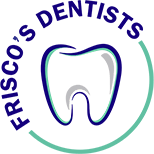So you ignored that little postcard you got in the mail saying it was time for your next dental cleaning. Or you forgot to add it to your to-do list. Either way, you’ve suddenly realized that you were supposed to get your cleaning…two months ago. So maybe you’ll schedule one as soon as possible, or maybe you’ll just wait until your next six-month mark. You’re generally on schedule with your dental cleanings, so what’s the big deal in delaying or missing one altogether?
New research has found that missing dental cleanings at all, even within a short period of time, can seriously increase the risk of gum disease.
Purpose of Semi-Annual Cleanings
The main purpose of the semi-annual cleanings is to remove plaque from teeth and the gum line, as this is the primary cause of gum disease. If the plaque isn’t removed from regular tooth brushing, the plaque will harden and become tartar within 48 hours, which is very difficult to remove. If the tartar build-up is great enough, normal dental hygiene practices won’t remove it; it will require the expertise of a dental hygienist. If the tartar is left unchecked, it doesn’t take long for early symptoms of periodontal disease to develop, such as swollen and/or bleeding gums.
If one already has early development of gum disease but hasn’t noticed any symptoms, then missing a dental check up could prevent diagnosis for up to six months. By then the patient will most definitely notice that something is wrong, and it will be far more costly to fix. For example, gum disease can cause the gums to recede, which can loosen the teeth and require extraction.
Surveys have suggested that the main reason why patients miss their dental checkups is to save money, especially in this poor state of the economy we’re experiencing. However, it’s far more expensive to treat gum disease and its complications–such as extracting loose teeth–than it is for routine cleanings.
Another way to save money, in the long run, is to change out your toothbrush often. Toss your toothbrush at the first signs of wear or every three months, whichever comes first.
If you have any signs of gum disease, such as red, swollen, painful, or regularly bleeding gums, don’t wait until your next cleaning appointment; call your dentist immediately to schedule an appointment.

